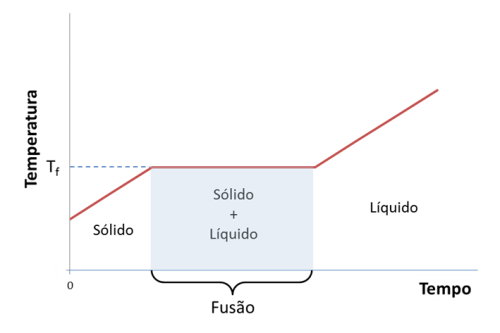Linus Pauling diagram or Electronic Distribution Diagram consists of a model that helps in the configuration of electrons of atoms and ions through energy sublevels. This method is used in Chemistry to determine some characteristics of atoms.
Also known as Principle of Aufbau, the Linus Pauling Diagram helps to trace some properties of atoms, such as the number of shells filled by electrons and the number of electron shells the atom has, for example.
The two Nobel Prize-winning American scientist, Linus C. Pauling (1901 - 1994) is responsible for developing this theory, considered one of the best to explain the electronic distribution around atoms.
As you know, the periodic table arranges chemical elements by atomic number in ascending order. The Linus Pauling Diagram, in conjunction with the periodic table, helps provide information about the atoms that make up these elements.
As stated, the Linus Pauling diagram is based on the Atom energy sublevels to organize electrons. These are arranged from lowest to highest energy when the atom is in its ground state.
See also the meaning of Atom and ions.
The electrosphere of atoms is formed by 7 (seven) electronic layers, represented by the letters: K, L, M, N, O, P and Q. Each shell allows a maximum number of electrons:
- K = up to 2 electrons.
- L = up to 8 electrons.
- M = up to 18 electrons.
- N = up to 32 electrons.
- O = up to 32 electrons.
- P = up to 18 electrons.
- Q = up to 8 electrons.
| Electronic Layers | Maximum Number of Electrons | Energy Sublevels |
|---|---|---|
| K | 2 and- | 1s2 |
| L | 8 and- | 2s2 2p6 |
| M | 18 and- | 3s2 3p6 3d10 |
| N | 32 and- | 4s2 4p6 4d10 4f14 |
| O | 32 and- | 5s2 5p6 5d10 5f14 |
| P | 18 and- | 6s2 6p6 6d10 |
| Q | 8 and- | 7s2 7p6 |
Note that layer K has only one sublevel (s), which allows the existence of up to 2 electrons. Layer L has two sublevels (s and P), being that P holds up to 6 electrons. There are still the sublevels d (with up to 10 electrons) and f (with 14 electrons maximum).
| sublevel | Number of Electrons per Sublevel |
|---|---|
| s = sharp (clear) | up to 2 electrons |
| p = Main | up to 6 electrons |
| d = diffuse (diffuse) | up to 10 electrons |
| f = fundamental | up to 14 electrons |
Thus, from this scheme, Pauling organized the electrons following an increasing order of energy in the different sublevels.
Using diagonal arrows, one finds the following sequence in the Linus Pauling Diagram: 1s2 2s2 2p6 3s2 3p6 4s2 3d10 4p6 5s2 4d10 5p6 6s2 4f14 5d10 6p6 7s2 5f14 6d10 7p6.

See also the Ishikawa diagram, O Venn diagram and the concept of electronegativity.


